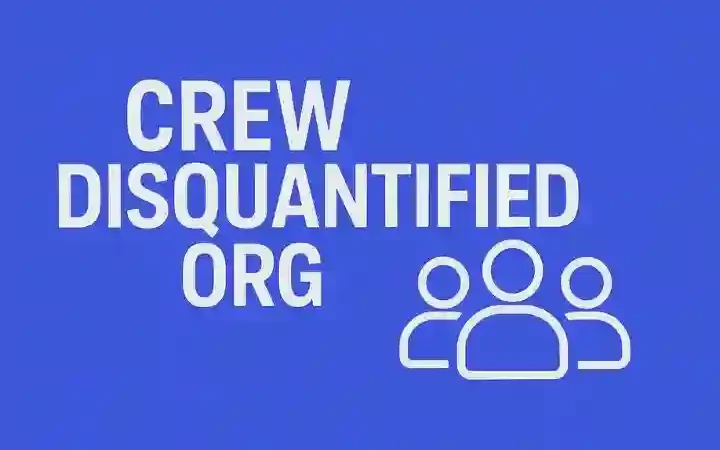Three Best Practices To Anticipate Needs Of The Customer

Needs Of The Customer : Customer data should be at the heart of customer success. Customer success professionals are constantly analyzing their customers’ behaviors and learning from them as they grow.
Discover the three best practices to follow when implementing an effective approach to customer success. The needs are clearly mentioned below.
Table of Contents
Be Selective And Target Effectively
Product teams are always striving to improve the power of their solution and find new ways to add value for their while opening up new revenue growth channels for their organization. But studies show that 80% of product features are rarely or never used. While new product features improve the user experience, the launch of new features is limited by weariness with them: customers don’t have the time or energy to learn about each new feature you launch and how to use it.
A great way to achieve a healthy adoption and retention rate for a new product feature is to target fewer customers, but target the right customers. Customer success professionals must always analyze data, learn from it, and apply it to identify opportunities to increase the value perceived by their customers.
Data Connection Connects The Entire Organization
It’s essential to have a complete view of your customers’ data. The more complete and accurate your data is, the more you will learn from your customers. Customer data should always be shared between teams and departments. Multiple areas of the business are involved in the customer journey and it’s important to avoid data silos and centralize that data into a single destination, a single source of verification for the entire organization. This way, every team that is in contact with the customer has access to the same environment.
Once all data is centralized, the next step is to let your customers inform you! Keep an eye on growing companies that are achieving big business goals using your product, and engage with them to learn more about their journey. From these lessons, successful professionals can identify similar accounts that could benefit from the same approach.
Putting The Customer First
Client empowerment has two components: the first is to conduct research and prepare for an individual interview with your client and the second is to allow them to truly thrive. It is important to anticipate his needs and prepare yourself with all the information and documents you will need to answer his questions.
The analysis takes place outside of the direct interaction with the consumer, but it is just as important. By segmenting customer data by location, industry, and/or revenue, customer success teams can gain valuable insights into how their customers are using their product and what triggers might predict similar behavior with other accounts.
Automation is essential for effective customer analysis. With a centralized, data-rich customer dashboard, Success teams can identify accounts that may be unsubscribing and proactively engage with them to address their concerns. They can also identify accounts where there might be an opportunity to expand and suggest products and features useful for upselling.






